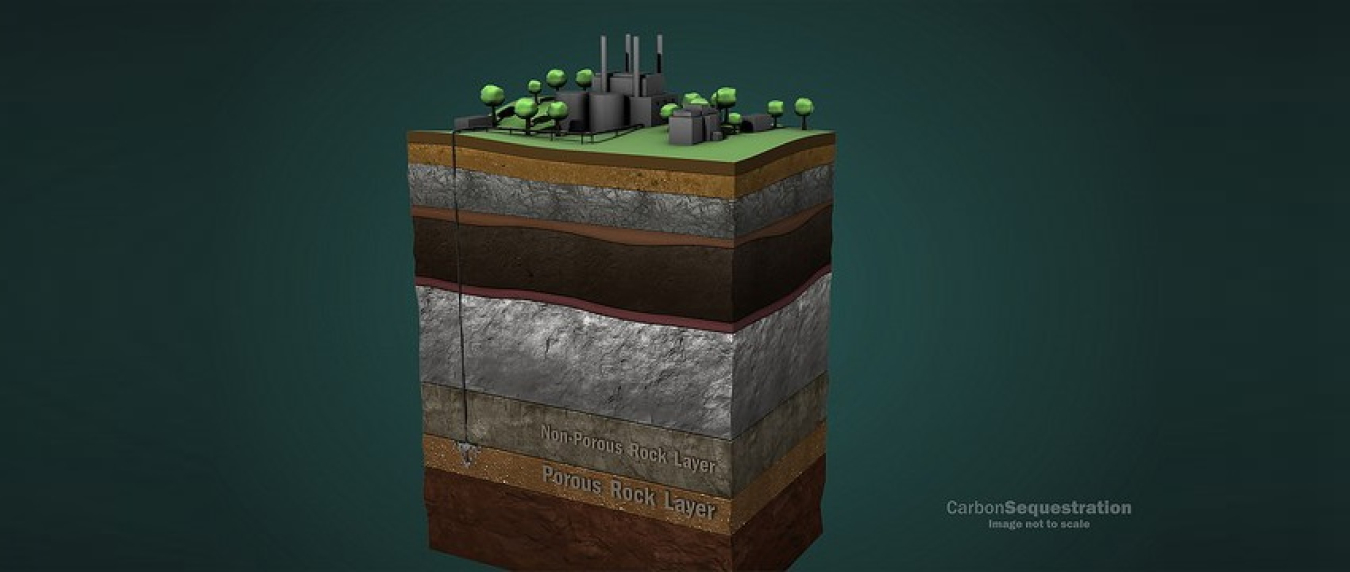
A significant focus will be how to strategically monitor a geologic system to reduce uncertainty in its performance and build confidence that CO2 is effectively and safely stored.
A special issue of the International Journal of Greenhouse Gas Control (IJGGC) was released on August 17, 2016 highlighting carbon-storage research conducted under the Energy Department’s National Risk Assessment Partnership (NRAP). A compendium of research generated by the NRAP team over 6 years of collaboration, the special issue comprises 60 peer-reviewed publications which, taken together, represent a significant contribution to the state-of-knowledge on long-term risks of geologic CO2 storage (GCS).
Although the IJGGC features a number of special issues centered upon meetings or topics, this is the first time that a special issue has been focused around results from a research team. The articles detail critical advancements in scientific understanding, risk assessment methodology, and computational tool development related to full GCS system performance. Research topics in the collection include—
- Reservoir response and plume evolution.
- Fluid migration through leakage pathways.
- Groundwater impacts.
- Atmospheric leakage.
- System integrated assessment.
- Strategic monitoring.
- Ground motion/induced seismicity.
NRAP brings together scientists and engineers from across the U.S. Department of Energy (DOE) national laboratory complex to improve understanding of environmental risk performance of geologic CO2 storage. The partnership applies DOE’s unique core capabilities in the science-based prediction of critical behaviors of engineered-geologic systems.
Release of the IJCC special issue coincides with the completion of NRAP’s first phase of research, which has resulted in the generation of first-of-kind scientific data, methodologies, and simulation tools to support quantitative assessment of environmental risks associated with industrial-scale GCS.
NRAP is now transitioning into a second phase, in which the risk-assessment methodologies and tools developed during phase 1 will be applied to real-world CO2 storage sites, and new tools and findings will be generated to help effectively manage carbon-storage operations. A significant focus will be how to strategically monitor a geologic system to reduce uncertainty in its performance and build confidence that CO2 is effectively and safely stored. Successful deployment of carbon-capture and -storage technology will play a critical role in reducing anthropogenic CO2 emissions associated with fossil fuel combustion and cost-effectively meeting the goals set in COP21, the 2015 United Nations Climate Change Conference.
NRAP is led by the Office of Fossil Energy’s National Energy Technology Laboratory, NRAP also includes members from the National Nuclear Security Administration (Lawrence Livermore National Laboratory and Los Alamos National Laboratory) and the Office of Science (Lawrence Berkeley National Laboratory and Pacific Northwest National Laboratory).
For more information about NRAP, please visit the NRAP website.
